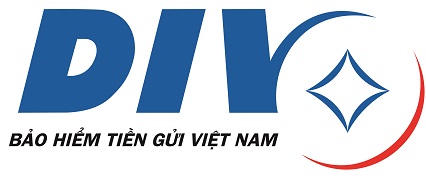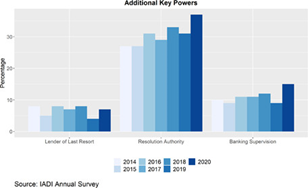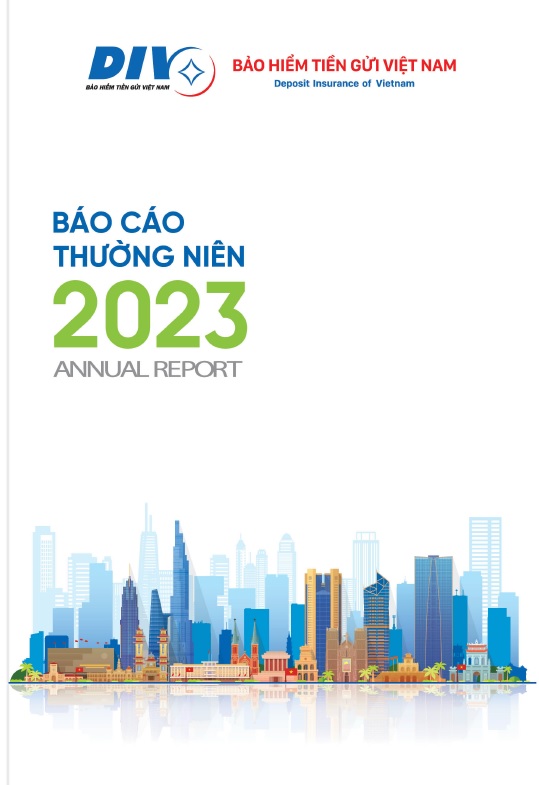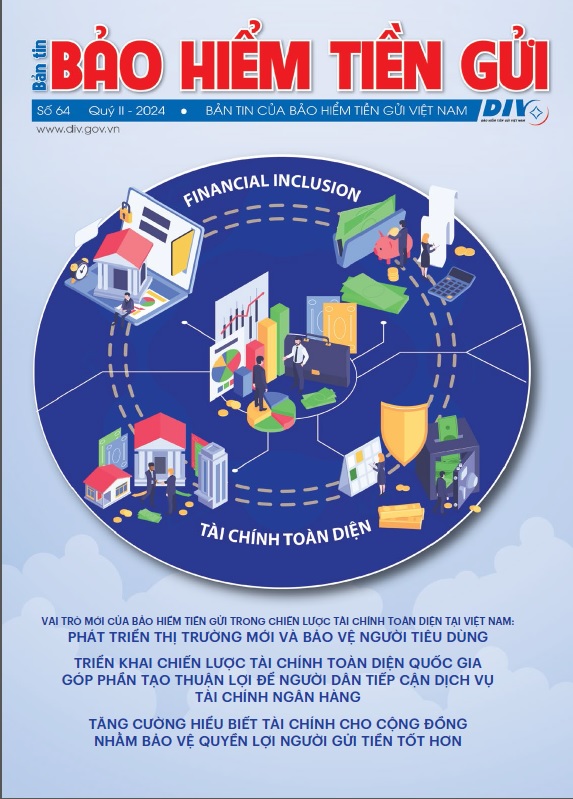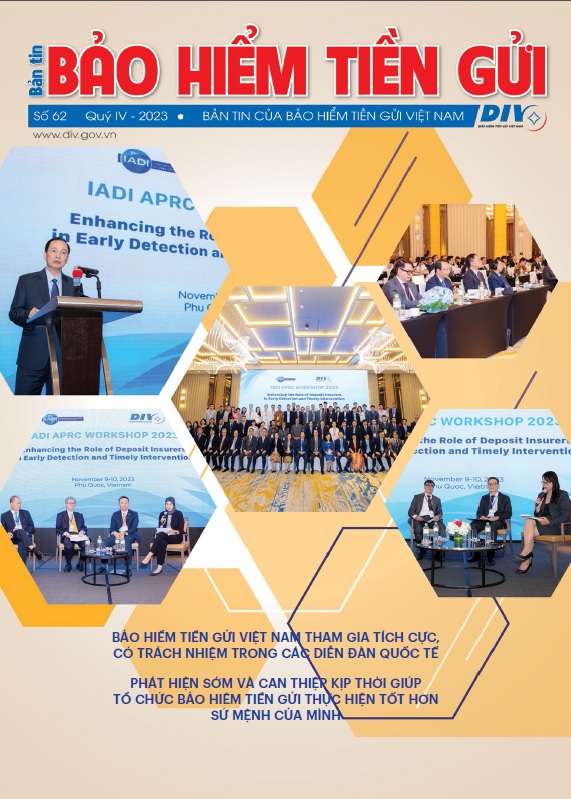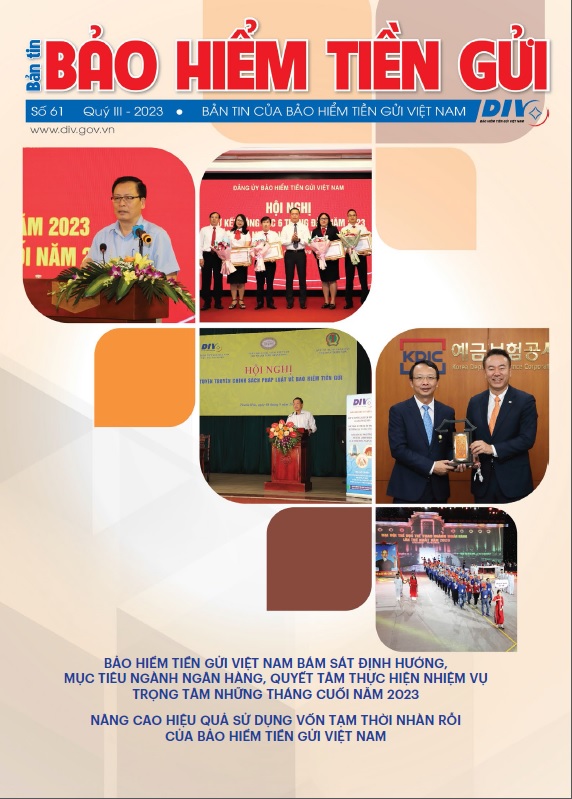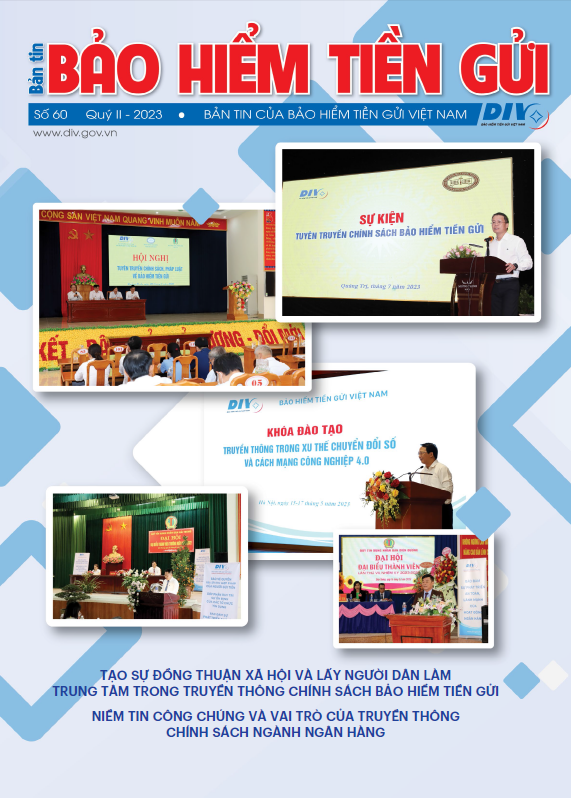The Board of Directors of Deposit Insurance of Vietnam (DIV) has issued Decision No.913/QD-BHTG on the Regulation on participation in assessing the feasibility of recovery plans, merger plans, consolidation plans, and transfer of entire capital contributions of people's credit funds (PCFs) under special control (SC). This new Regulation replaces the Regulation on participation in assessing the feasibility of recovery plans for PCFs, microfinance institutions, and financial companies under SC issued under Decision No. 2370/QD-BHTG dated December 28, 2021, of the Board of Directors of DIV. The new Regulation is developed based on the provisions of the Law on Credit Institutions (CIs) 2024, Circular No. 39/2024/TT-KSĐB regulating SC over CIs, and the practical experience of DIV in recent years.
The structure of the Regulation on participation in assessing the feasibility of recovery plans, merger plans, consolidation plans, and transfer of entire capital contributions of PCFs under SC consists of 03 Chapters, 16 Articles, and 04 Appendices, including a new section on merger, consolidation, and transfer plans of PCFs under SC and related contents; the assessment of the feasibility of merger, consolidation, and transfer plans of PCFs under SC as required by the SC Board according to the provisions of Article 177 of the Law on CIs 2024.
Some key new points of the Regulation on participation in assessing the feasibility of recovery plans, merger plans, consolidation plans, and transfer of entire capital contributions of PCFs under SC:
First, the scope of Regulation has been expanded. In addition to participating in assessing the feasibility of recovery plans, DIV now also participates in assessing the feasibility of merger plans, consolidation plans, and transfer of entire capital contributions. By adding provisions for DIV's participation in assessing these plans, the Regulation defines the scope of assessment, assessment methods, assessment contents, and other related matters as a basis for DIV to conduct feasibility assessments of plans as required by the SC Board.
Second, the entities that DIV participates in assessing have been narrowed compared to the provisions of the Law on CIs 2017. Specifically, DIV coordinates with the SC Board (the lead unit) to assess the feasibility of two plans exclusively for PCFs under SC instead of three entities (microfinance institutions, financial companies, and PCFs under SC) as previously stipulated.
Third, the documents, materials, and information serving as the basis for assessing the feasibility of the aforementioned plans have been adjusted and supplemented to align with practical requirements. Specifically, for the recovery plan, the Regulation adds the most recent audited financial statements and the most recent internal audit report of PCFs under SC as evaluation sources for DIV. For merger, consolidation, and transfer plans—new tasks that DIV must undertake per the SC Board's request—the Regulation specifies the relevant documents, materials, and information.
Fourth, regarding DIV's support measures, under the Law on CIs 2024, DIV does not provide special loans to PCFs under SC (the entities for which DIV assesses the feasibility of recovery plans and merger, consolidation, and transfer plans). This new provision clarifies that the support for weak PCFs (small-scale CIs) is the responsibility of the Cooperative Bank—a bank for all PCFs.
Fifth, the process for assessing the feasibility of the two plans comprises three stages (receiving documents, assessing feasibility, and sending a response to the SC Board). At each stage of the assessment process at DIV, the Regulation details the specific steps and tasks of each unit in the system.
To implement the Regulation on Participation in Assessing the Feasibility of Recovery Plans, Merger, Consolidation, and Transfer of Entire Capital Contribution Plans of Special-Controlled People’s Credit Funds (PCFs), the following proposals are made:
First, currently, apart from the 2024 Law on Credit Institutions, which stipulates that the Deposit Insurance of Vietnam (DIV) participates in assessing the feasibility of the two plans mentioned above, there is no specific guidance on criteria, indicators, and assessment methods. Therefore, the State Bank of Vietnam (SBV) needs to issue guidance on the criteria, indicators, and methods for assessing the feasibility of each restructuring plan so that the DIV and relevant units have a basis for implementation.
Second, the DIV acts as a coordinating unit participating in feasibility assessments at the request of the Special Control Board (SCB). As a result, most information regarding special-controlled PCFs depends on the sharing and provision of the SBV/SCB. However, before the 2024 Law on Credit Institutions was enacted and took effect, most of the dossiers submitted by the SCB to the DIV for opinions on recovery plans were incomplete or restricted due to information confidentiality. Consequently, the DIV faced difficulties and limitations in assessing feasibility due to insufficient information. In the future, the DIV needs to strengthen coordination and proactive discussions with the SCB of PCFs and SBV branches in provinces/cities/regions during the special control process, especially when developing restructuring plans (including recovery plans, merger, consolidation, and transfer of entire capital contribution plans). This will help ensure the DIV has comprehensive information to assess feasibility effectively.
Third, besides external information received/shared, internal information from the DIV and coordination among units within the system in assessing feasibility is also crucial. This significantly impacts the feasibility assessment results of the DIV. Therefore, relevant departments at the headquarters and branches of the DIV responsible for managing special-controlled PCFs need to collaborate closely, provide complete and timely information to the lead unit for research and processing, and submit recommendations to the management for drafting the DIV’s assessment of the feasibility of recovery, merger, consolidation, and transfer of entire capital contribution plans for special-controlled PCFs in accordance with SCB timelines.
Fourth, units directly involved in implementing the Regulation must actively study and update the latest legal documents on the governance, management, organization, and operations of PCFs (Circular No. 29/2024/TT-NHNN dated June 28, 2024, of the SBV); regulations on safety limits and ratios in PCF operations (Circular No. 13/2024/TT-NHNN dated June 28, 2024, of the SBV); regulations on dossiers, procedures, and personnel of cooperative credit institutions (Circular No. 28/2024/TT-NHNN dated June 28, 2024), among others, to establish a foundation for assessing restructuring feasibility in compliance with current laws.
Fifth, during the special control process, the DIV must closely monitor the operations of PCFs and proactively identify violations, loss rates, personnel situations, overdue debt ratios, financial status, etc. Additionally, the DIV must grasp local economic conditions (industries in the area, development directions, etc.) and competition with other credit institutions (number of institutions, deposit rates, lending rates). These factors are crucial for assessing capital increase plans, addressing violations, debt recovery, and business strategies. From this, a comprehensive assessment of the feasibility of plans developed by PCFs can be made.
Sixth, for restructuring plans assessed for feasibility and approved by the SBV, units must coordinate and monitor the implementation process to evaluate the reasons for success/failure and factors influencing the success of the plans. Through this, experiences and knowledge can be accumulated and shared with other units within the system to improve feasibility assessment processes.
Seventh, the DIV will continue to develop and implement specialized training programs on PCF operations while enhancing practical skills and knowledge for its staff involved in the special control process.
Communication Department (Translation)
